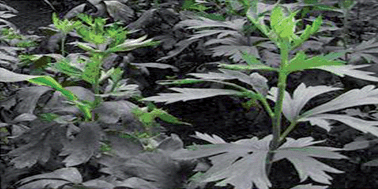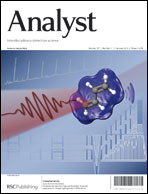The lateral root of Aconitum carmichaelii Debx is named “Fuzi” which is widely distributed across Asia and North America and has been used to relieve joint pain and treat rheumatic diseases for over two thousand years. However, it has very narrow therapeutic ranges and despite the toxicological risk, its usage remains very high. A traditional Chinese processing approach (Paozhi, detoxifying measure) is necessary to remove the poisonous Aconitum alkaloids mainly deriving from the diester diterpene alkaloids (DDAs) including aconitine, mesaconitine and hypaconitine. They can be decomposed into less or non-toxic derivatives through Paozhi that plays an essential role in detoxification. Processed Fuzi is mainly focused on the three main forms of Yanfuzi (YFZ), Heishunpian (HSP) and Baifupian (BFP) which are highly desirable in order to guarantee the clinical safety and their low toxicity in decoctions. The difference in metabolomic characters between Fuzi and its processed preparations is still completely unclear. Therefore, this paper was designed to investigate a comprehensive metabolome of Fuzi and its processed products by ultra-performance liquid-chromatography/electrospray-ionization synapt high-definition mass spectrometry (UPLC-Q-TOF-HDMS) combined with pattern recognition methods. The difference in metabolic profiles between Fuzi and its processed preparations was well observed by the principal component analysis (PCA) of the MS spectra. Significant changes of 19 metabolite biomarkers were detected in the Fuzi samples and three preparations. The underlying regulations of Paozhi-perturbed metabolic pathways were also discussed according to the identified metabolites. The present study proves that UPLC-Q-TOF-HDMS based metabolomic analysis greatly contributes to the investigation of Fuzi metabolism through Paozhi techniques, and provides useful information to further comprehensively understand the pharmacological activity and potential toxicity of processed Fuzi in a clinical environment.

You have access to this article
 Please wait while we load your content...
Something went wrong. Try again?
Please wait while we load your content...
Something went wrong. Try again?


 Please wait while we load your content...
Please wait while we load your content...